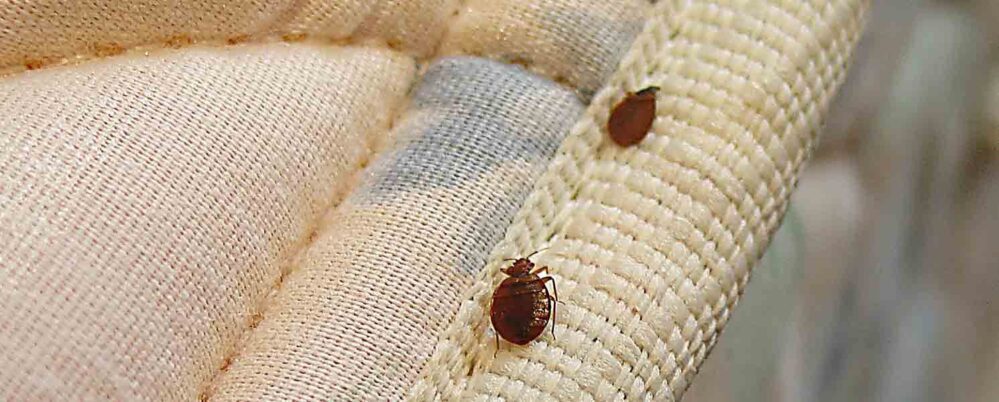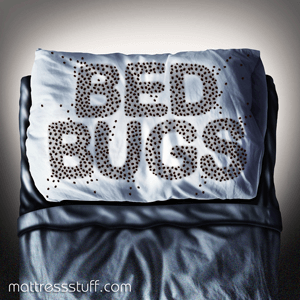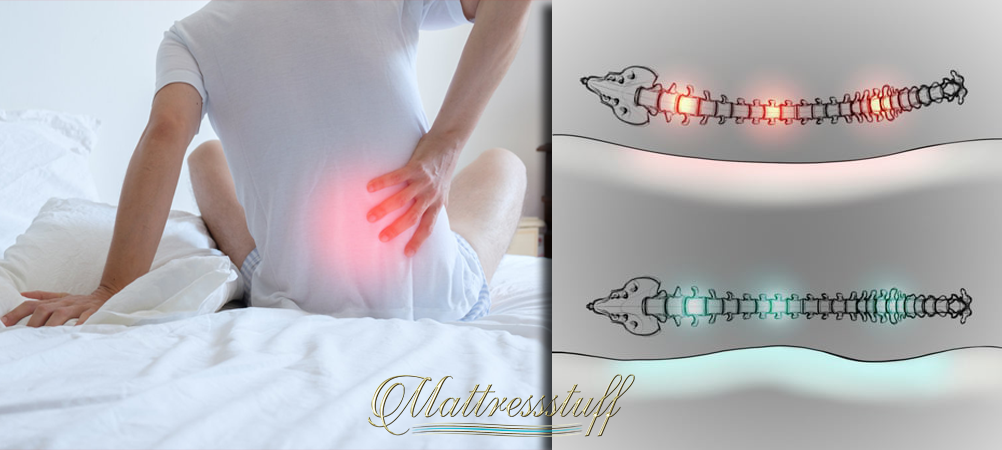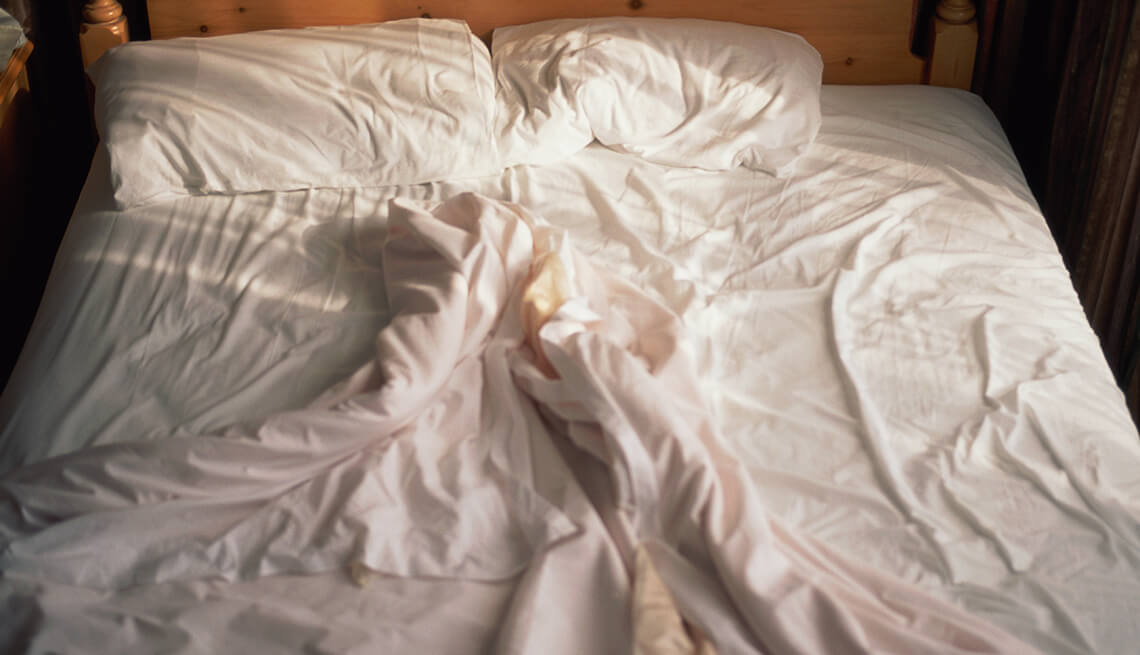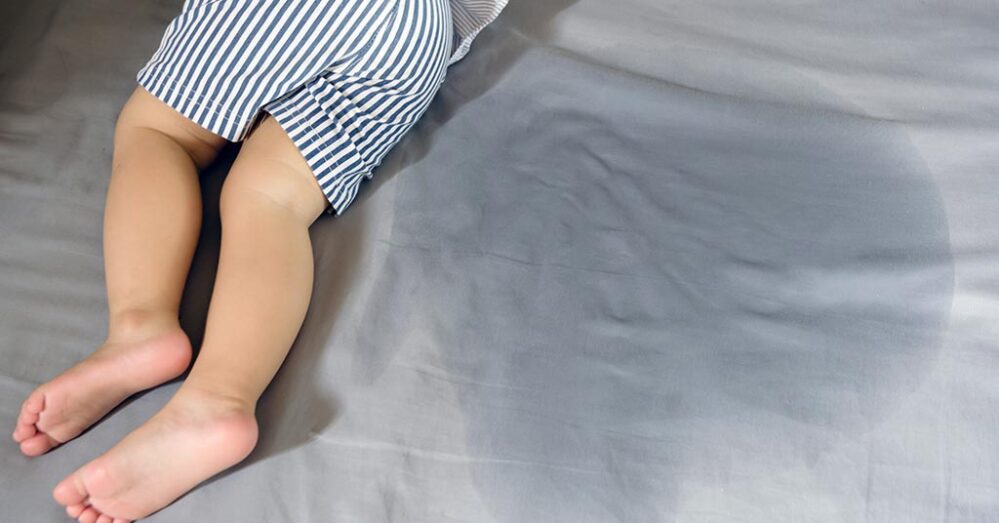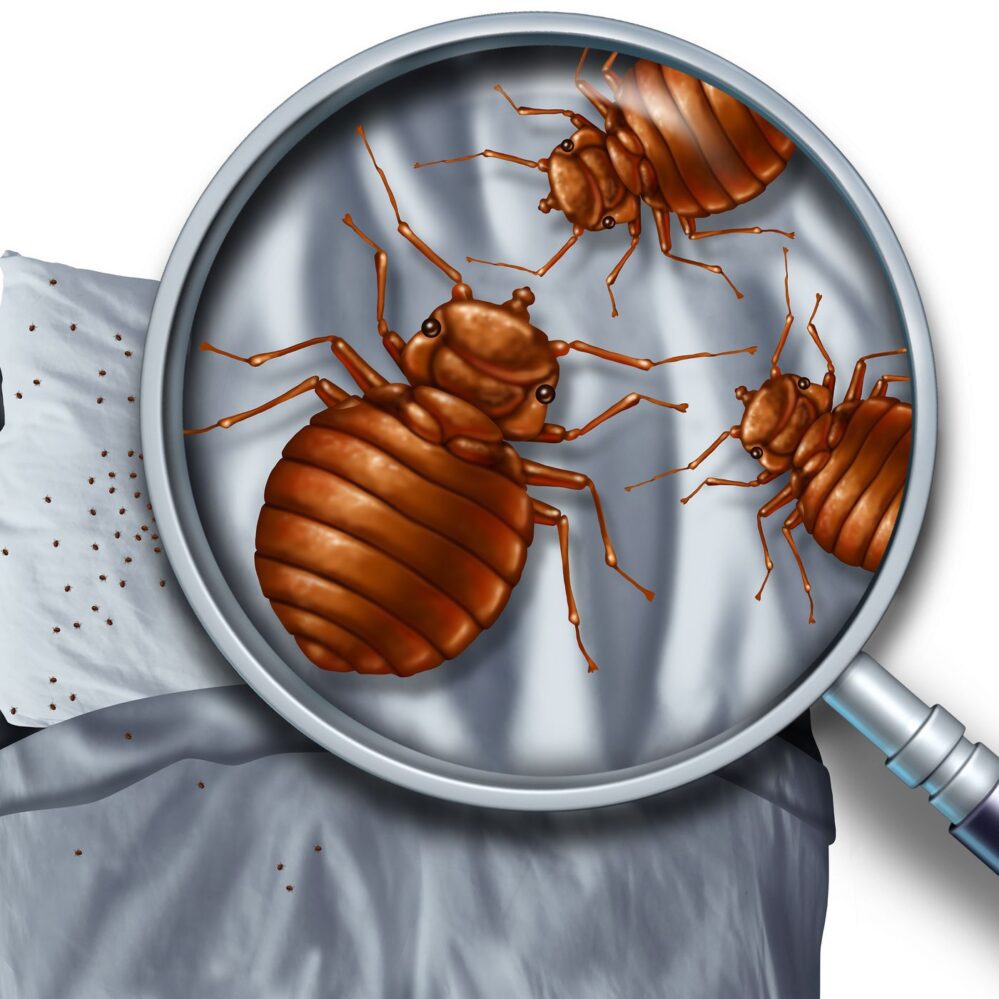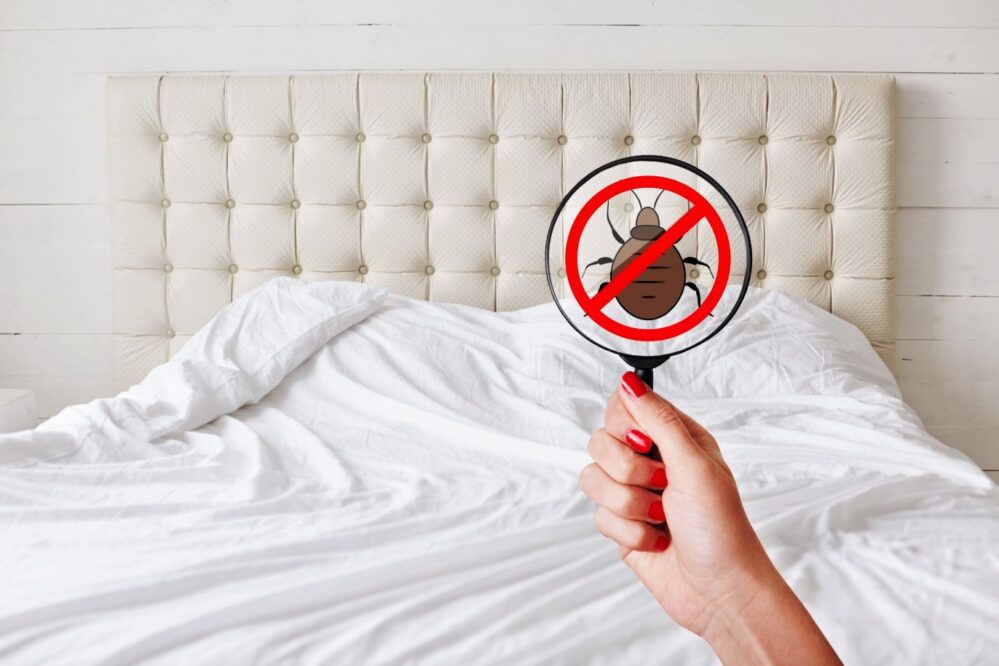
Table of Contents
Bed bugs are making a fast comeback across the globe reaching epicemic levels. Any temperature under 48 ºC provides a thriving environment for bed bugs. Below are 3 ways to prevent bed bug infestation.
A. Understand the cryptic habits of the pest
Learn to identify a bed bug
Bed bugs are parasitic insects that feed on blood. They belong to any specie of the genus Cimex, and are members of the Cimicidae (Cimicids) family.
Cimex lectularus, the most notorious of the Cimicidae family, prefers human blood. The insect is also called red coat because of its reddish-brown color.
It has short golden hairs on its body. Its head is short and broad with a pair of compound cone-like eyes. It has 2 antennae segmented into 4 parts. Its slender proboscis is held closely along the ventral surface of the head and prothorax. All members of the Hemiptera family, the scientific name for true bugs, have beak-like piercing mouthparts.
It has no wings. It has a pair of maxillae and mandible called a stylet fascicle that develops overtime into a 3 segmented beak that allows it to take blood. The insect has a flat oval structure with 6 well-developed legs.
Its claws are designed to climb up rough vertical surfaces such as paper, wood and fabric. It is about 1/4-inch in length before feeding. It tends to hide near the bed and spread to other areas when the population grows.
Know the ways bed bugs can get into your home
They can get into your home in 3 ways:
- 1. Person – someone physically takes them inside the home in personal belongings or luggage
- 2. Thing – they get into the house in used furniture, equipment, clothes or other used items
- 3. Forced invasion – they crawl from an adjoining apartment through wall voids, utility line, heating ducts or mail chutes into your home.
The pests are found in cinemas, schools, universities, stores, on ships, airplanes and other public transportation, hotels, hostels, sheltered accommodations and other public lodgings.
Moving home is another way way they can get into boxes, especially if you hire delivery vehicles to move your stuff. Delivery vehicles are sources of bed bug infestation because many people use the service.
Know where bed bugs hide in the house
- 1. The pest love to stay close to the host’s resting place – the bed. They love to hide in the mattress, bedframe and box spring.
- 2. The pest’s flat oval structure allows it to fit into cracks and crevices in furniture, between joints in the floor, and other objects when unfed.
- 3. The pest thrills in warm environments. It is known to enter computers, DSL ports and other electrical equipment.
B. Prevent bed bugs from entering your home
Traveling is the most common way to collect the pests into your luggage and personal belongings. If you travel abroad frequently inspect the hotel room before unpacking your luggage.
- 1. Examine the headboard and the wall behind the headboard.
- 2. Pull back the sheets and look for blood spots on the mattress. Inspect along seams, tufts, folds, underneath tags and crevices in the mattress.
- 3. Inspect along the edges of the box spring and in the seams of the bedding.
- 4. Examine wood and upholstered furniture, especially along crevices and seams.
- 5. Do not put your baggage on the floor. Use the luggage holder or store your suitcase in the bath tub until you’ve inspected the room.
Shopping is another way you can collect them into your personal belongings. Consider these tips when shopping to prevent a bed bug infestation.
1. Carefully inspect the seams of garments before fitting them.
2. Do not place your clothes on cushioned seats or on carpeted floor in the fitting room. Hang your clothes on hooks in the fitting room.
3. Place all purchased items into bags. Seal the bags tightly before leaving the store. Wash or dry clean the clothes before you wear them.
Public transport is another way to collect the pests in your personal belongings. Consider these tips.
- 1. Use vehicles in good condition. For example, use a taxi that has no holes in the seat.
- 2. Inspect the seat and along creases when you enter the vehicle.
- 3. Do not use the trunk or other compartments if possible.
- 4. Use the garment hanger.
- 5. Check your clothes and shoes for bed bugs as soon as you get out of the vehicle.
- 6. Buy a few bed bug-proof luggage liners if you travel regularly.
C. Prevent bed bugs from spreading in your home
If the pests have invaded your home, act quickly to limit the invasion.
- 1. Vacuum the mattress and box spring to remove bed bugs and eggs.
- 2. Treat the mattress and box spring.
- 3. Cover the mattress and box spring with vinyl zippered covers for at least a year. Seal any rips on the encasement with duct tape.
- 4. Move the bed away from the wall.
- 5. Use climb up interceptors, moat traps or other monitoring devices to create a barrier between the pest and the host.
- 6. Make sure the linen, bed skirts and blankets do not touch the floor.
Hygiene and non-hygiene techniques
- 1. Wash bedding and clothing for a minimum of 30 minutes. Set the temperature at the thermal death point (60 ° C) limit.
- 2. Caulk cracks along baseboard moldings
- 3. Seal holes where pipes or wires go through the wall
- 4. Reduce clutter in the room.
- 5. Fill cracks in floor boards, furniture and bedframe
- 6. Repair peeling wallpaper and tighten any loose light switch covers.
Bed bug infestation has a number of health effects including psychological effects, skin rashes and allergic reactions. Bed bug bites may cause a range of skin manifestations. The more you can learn about the pest the better equipped you are to prevent an infestation in your home.

